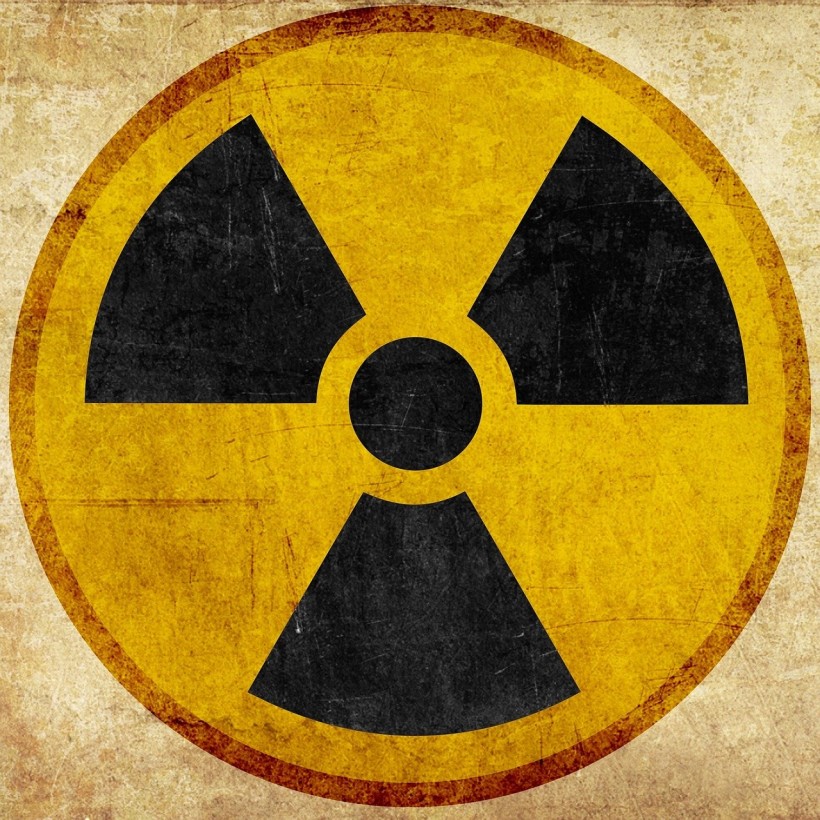Most people believe that radiation is a rare and dangerous thing that turns people into deformed individuals. In reality, radiation is all around us, even within our bodies. But how much radiation is emitted by humans?

Why Do Humans Emit Radiation?
Technically speaking, radiation refers to the energy that comes from a source and travels through space at the speed of light. Forms of radiation with the highest amount of energy include ultraviolet rays, X-rays, and gamma rays.
Aside from high-energy waves, dangerous forms of radiation can also come in the form of high-energy particles emitted by radioactive elements such as uranium. When they interact with atoms, they can remove electrons and cause the atom to get ionized. As a result, high-energy radiation can damage the cells of living organisms.
All elements on the periodic table have isotopes or forms of the same element containing different numbers of neutrons in their nuclei. Some elements are stable, while others are not. The unstable isotopes are radioactive and release high-energy waves or particles. There are also elements, like uranium, which exist only in an unstable state.
According to MIT Nuclear Science and Engineering Professor Micheal Short, all forms of life on Earth have evolved in the presence of radioactivity. Many isotopes and radioactive elements occur naturally in the environment, where plants and water absorb them. Every time a person eats food or drinks water, they could be getting tiny amounts of radioactive isotopes inside their body.
Some foods like bananas and Brazil nuts have higher concentrations of radioactive isotopes. However, the amounts of these foods an average person consumes do not significantly increase health problems due to radiation.
The largest sources of radiation in the human body are trace amounts of carbon-14 and potassium-40. While they comprise most of our body's radiation, we take in only 1.8 nanograms of carbon-14 and 0.39 milligrams of potassium-40 daily.
Other environmental factors can lead the human body to become more radioactive. For instance, living in unventilated basements with large amounts of granite will make a person absorb much more radon and other related daughter isotopes.
READ ALSO: Wild Boars in Germany Turned Radioactive by Atomic Bomb Fallout From 60 Years Ago
How Radioactive Is the Human Body?
All human beings have a number of naturally occurring radionuclides within the body. Potassium-40 serves as the major source of penetrating gamma radiation that can escape from the human body. The amount of radioactivity caused by isotopes inside our body can be compared to 1% of the radiation dose obtained by people on a flight from Boston to Tokyo.
The amount of radioactive isotope potassium-40 in a 154-pound (70-kilogram) person is about 5,000 Becquerel (Bq). It represents 5,000 atoms that undergo radioactive decay each second. If a person is above average in weight, the dose rate outside of their body will be higher than the dose outside the body of an individual with a lower weight. However, the dose rate will be very small in both cases compared to the normal background dose rate.
RELATED ARTICLE: Is Uranium Glass Dangerous? Here's How To Spot the Radioactive Glassware
Check out more news and information on Radioactivity in Science Times.














